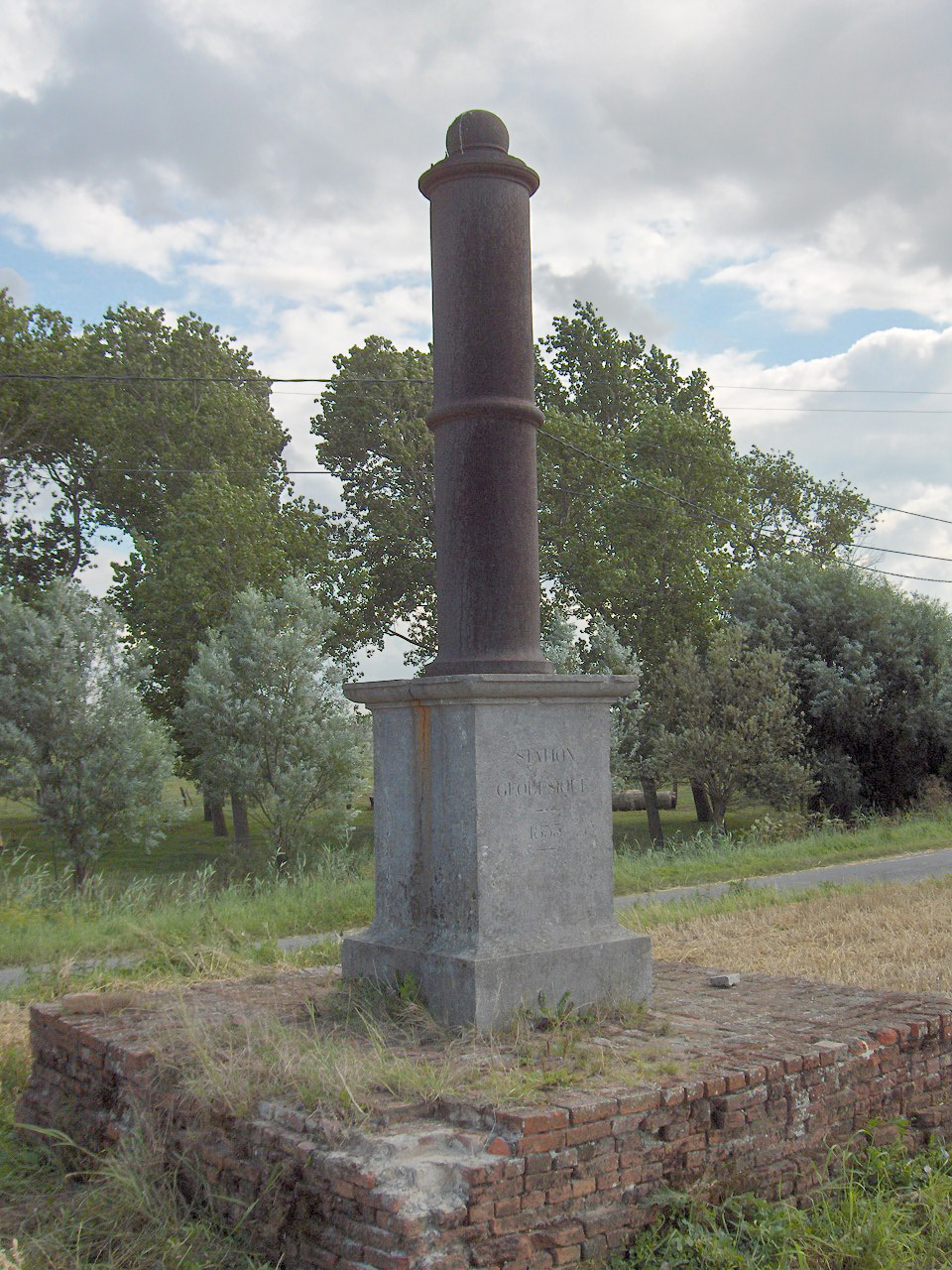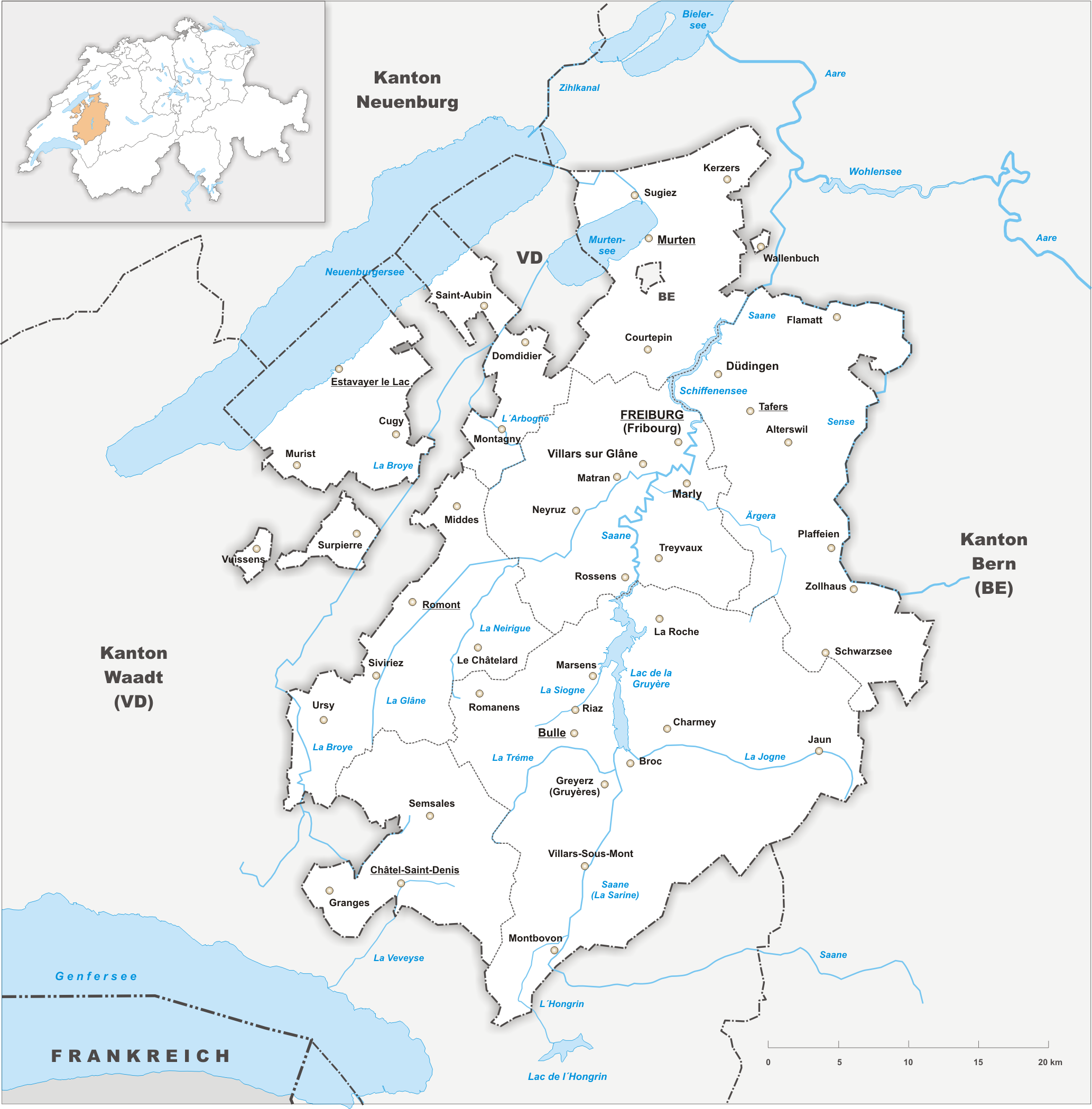|
Rudolf Leuzinger
Rudolf Leuzinger (Netstal, December 17, 1826 - Mollis, January 11, 1896) was a Swiss cartographer. He is known as one of the most prolific cartographers in Switzerland and one of the best interpreters of mountain landscapes and geologic forms. Leuzinger was also the first to produce terrain maps in color lithography. His more than 300 maps are a rare combination of accuracy, scientific thoroughness and artistry and earned him several national and international honors. Article "Leuzinger, Rudolf" Viktor Hantzsch in: ''Allgemeine Deutsche Biographie, herausgegeben von der Historischen Kommission bei der Bayerischen Akademie der Wissenschaften'' Band 51 (1906), pp 678-680.digital text edition to Wikisource(version of October 5, 2016, 13:43 UTC) Life Rudolf Leuzinger was the son of master carpenter Jacob Leuzinger and Barbara Weber. As a young orphan, he grew up in the ‘Linthkolonie’, an educational institution for poor children and orphans near Ziegelbrücke, Canton of Glarus. ... [...More Info...] [...Related Items...] OR: [Wikipedia] [Google] [Baidu] |
Hypsometer
A hypsometer is an instrument for measuring height or elevation. Two different principles may be used: trigonometry and atmospheric pressure. Etymology The English word ''hypsometer'' originates from the Ancient Greek words ὕψος (húpsos, “height”) and μέτρον (métron, “measure”). Scale hypsometer A simple scale hypsometer allows the height of a building or tree to be measured by sighting across a ruler to the base and top of the object being measured, when the distance from the object to the observer is known. Modern hypsometers use a combination of laser rangefinder and clinometer to measure distances to the top and bottom of objects, and the angle between the lines from the observer to each to calculate height. An example of such a scale hypsometer is illustrated here, and can be seen to consist of a sighting tube, a fixed horizontal scale, and an adjustable vertical scale with attached plumb line. The principle of operation of such a scale hypsometer ... [...More Info...] [...Related Items...] OR: [Wikipedia] [Google] [Baidu] |
Topographic Atlas Of Switzerland
The Topographic Atlas of Switzerland ( German: ''Topographischer Atlas der Schweiz''), also known as the ''Siegfried Atlas'' or ''Siegfried Map'' (German: ''Siegfriedkarte''; French: ''Carte Siegfried'') is an official map series of Switzerland. Its publication was begun by the Federal Topographic Bureau under Hermann Siegfried, and continued from 1870 to 1926. During this period the individual maps were drawn by different lithographers, including Walter Hauenstein, Georg Christian von Hoven and Rudolf Leuzinger. Since it is, in today's parlance, not strictly an atlas but a map series, map historians now describe it only by the expression ''Siegfried Map''. The Siegfried Map was based on the original records that had already been created for the earlier Dufour Map. However, the Siegfried Map offered greater precision than the Dufour Map, by using a scale of 1:25,000 for the Swiss plateau, the French Prealps, the Jura Mountains and southern Ticino, and a scale of 1:50,0 ... [...More Info...] [...Related Items...] OR: [Wikipedia] [Google] [Baidu] |
Geodesy
Geodesy ( ) is the Earth science of accurately measuring and understanding Earth's figure (geometric shape and size), Earth rotation, orientation in space, and Earth's gravity, gravity. The field also incorporates studies of how these properties change over time and equivalent measurements for other planets (known as ''planetary geodesy''). Geodynamical phenomena, including crust (geology), crustal motion, tides and polar motion, can be studied by designing global and national control networks, applying space geodesy and terrestrial geodetic techniques and relying on Geodetic datum, datums and coordinate systems. The job title is geodesist or geodetic surveyor. History Definition The word geodesy comes from the Ancient Greek word ''geodaisia'' (literally, "division of Earth"). It is primarily concerned with positioning within the time, temporally varying gravitational field. Geodesy in the German language, German-speaking world is divided into "higher geodesy" ( or ), w ... [...More Info...] [...Related Items...] OR: [Wikipedia] [Google] [Baidu] |
Swiss Alpine Club
The Swiss Alpine Club (german: Schweizer Alpen-Club, french: Club Alpin Suisse, it, Club Alpino Svizzero, rm, Club Alpin Svizzer) is the largest mountaineering club in Switzerland. It was founded in 1863 in Olten and it is now composed of 111 sections with 160,000 members (2020). These include the Association of British Members of the Swiss Alpine Club. History The Swiss Alpine Club was the first Alpine club founded in continental Europe after the foundation of the Alpine Club (1857) in London. One of the founders and the first president of the Club was Dr. Melchior Ulrich; other members were Gottlieb Samuel Studer and Dr. Simler. The inaugural meeting was held in Olten. With the increasing number of climbers, steps had to be taken to make the approach to the mountains a little less complicated and exhausting. Until mountain huts were built, there had been no choice for the climbers other than sleeping in the highest chalets or in a Bivouac shelter under some overhangin ... [...More Info...] [...Related Items...] OR: [Wikipedia] [Google] [Baidu] |
Bern
Bern () or Berne; in other Swiss languages, gsw, Bärn ; frp, Bèrna ; it, Berna ; rm, Berna is the ''de facto'' capital of Switzerland, referred to as the " federal city" (in german: Bundesstadt, link=no, french: ville fédérale, link=no, it, città federale, link=no, and rm, citad federala, link=no). According to the Swiss constitution, the Swiss Confederation intentionally has no "capital", but Bern has governmental institutions such as the Federal Assembly and Federal Council. However, the Federal Supreme Court is in Lausanne, the Federal Criminal Court is in Bellinzona and the Federal Administrative Court and the Federal Patent Court are in St. Gallen, exemplifying the federal nature of the Confederation. With a population of about 133,000 (as of 2022), Bern is the fifth-most populous city in Switzerland, behind Zurich, Geneva, Basel and Lausanne. The Bern agglomeration, which includes 36 municipalities, had a population of 406,900 in 2014. The metropolitan ... [...More Info...] [...Related Items...] OR: [Wikipedia] [Google] [Baidu] |
Paris
Paris () is the capital and most populous city of France, with an estimated population of 2,165,423 residents in 2019 in an area of more than 105 km² (41 sq mi), making it the 30th most densely populated city in the world in 2020. Since the 17th century, Paris has been one of the world's major centres of finance, diplomacy, commerce, fashion, gastronomy, and science. For its leading role in the arts and sciences, as well as its very early system of street lighting, in the 19th century it became known as "the City of Light". Like London, prior to the Second World War, it was also sometimes called the capital of the world. The City of Paris is the centre of the Île-de-France region, or Paris Region, with an estimated population of 12,262,544 in 2019, or about 19% of the population of France, making the region France's primate city. The Paris Region had a GDP of €739 billion ($743 billion) in 2019, which is the highest in Europe. According to the Economis ... [...More Info...] [...Related Items...] OR: [Wikipedia] [Google] [Baidu] |
Napoleon III
Napoleon III (Charles Louis Napoléon Bonaparte; 20 April 18089 January 1873) was the first President of France (as Louis-Napoléon Bonaparte) from 1848 to 1852 and the last monarch of France as Emperor of the French from 1852 to 1870. A nephew of Napoleon I, he was the last monarch to rule over France. Elected to the presidency of the Second Republic in 1848, he seized power by force in 1851, when he could not constitutionally be reelected; he later proclaimed himself Emperor of the French. He founded the Second Empire, reigning until the defeat of the French Army and his capture by Prussia and its allies at the Battle of Sedan in 1870. Napoleon III was a popular monarch who oversaw the modernization of the French economy and filled Paris with new boulevards and parks. He expanded the French overseas empire, made the French merchant navy the second largest in the world, and engaged in the Second Italian War of Independence as well as the disastrous Franco-Prussian War, ... [...More Info...] [...Related Items...] OR: [Wikipedia] [Google] [Baidu] |
Engraving
Engraving is the practice of incising a design onto a hard, usually flat surface by cutting grooves into it with a burin. The result may be a decorated object in itself, as when silver, gold, steel, or glass are engraved, or may provide an intaglio printing plate, of copper or another metal, for printing images on paper as prints or illustrations; these images are also called "engravings". Engraving is one of the oldest and most important techniques in printmaking. Wood engraving is a form of relief printing and is not covered in this article, same with rock engravings like petroglyphs. Engraving was a historically important method of producing images on paper in artistic printmaking, in mapmaking, and also for commercial reproductions and illustrations for books and magazines. It has long been replaced by various photographic processes in its commercial applications and, partly because of the difficulty of learning the technique, is much less common in printmaking, wher ... [...More Info...] [...Related Items...] OR: [Wikipedia] [Google] [Baidu] |
Glarus
, neighboring_municipalities= Glarus Nord, Glarus Süd, Muotathal (SZ), Innerthal (SZ) , twintowns= Wiesbaden-Biebrich (Germany) } Glarus (; gsw, Glaris; french: Glaris; it, Glarona; rm, Glaruna) is the capital of the canton of Glarus in Switzerland. Since 1 January 2011, the municipality Glarus incorporates the former municipalities of Ennenda, Netstal and Riedern.Amtliches Gemeindeverzeichnis der Schweiz published by the Swiss Federal Statistical Office accessed 18 February 2011 Glarus lies on the river between the foot of the Glärnisch (part of ... [...More Info...] [...Related Items...] OR: [Wikipedia] [Google] [Baidu] |
Sumbawa
Sumbawa is an Indonesian island, located in the middle of the Lesser Sunda Islands chain, with Lombok to the west, Flores to the east, and Sumba further to the southeast. Along with Lombok, it forms the province of West Nusa Tenggara, but there have been plans by the Indonesian government to split the island off into a separate province. Traditionally, the island is known as the source of sappanwood, as well as honey and sandalwood. Its savanna-like climate and vast grasslands are used to breed horses and cattle, as well as to hunt deer. Sumbawa has an area (including minor offshore islands) of (three times the size of Lombok) with a population (at the 2020 Census) of 1,561,461.Badan Pusat Statistik, Jakarta, 2021. It marks the boundary between the islands to the west, which were influenced by religion and culture spreading from India, and the region to the east that was less influenced. In particular this applies to both Hinduism and Islam. Etymology Sumbawa is a Portuguese ... [...More Info...] [...Related Items...] OR: [Wikipedia] [Google] [Baidu] |
Canton Of Freiburg
The canton of Fribourg, also canton of Freiburg (french: Canton de Fribourg ; german: Kanton Freiburg ; frp, Canton de Fribôrg rm, Chantun Friburg it, Canton Friburgo) is located in western Switzerland. The canton is bilingual, with French spoken by more than two thirds of the citizens and German by a little more than a quarter. Both are official languages in the canton. The canton takes its name from its capital city of Fribourg. History On the shores of Lake Neuchâtel and Lake Morat significant traces of prehistoric settlements have been unearthed. The canton of Fribourg joined the Swiss Confederation in 1481. The area is made up of lands acquired by the capital Fribourg. The present extent was reached in 1803 when Murten (Morat) was acquired. The canton of Fribourg joined the separatist league of Catholic cantons in 1846 (Sonderbund). The following year, its troops surrendered to the federal army. Geography The canton is bounded to the west by Lake Neuchâtel, to the ... [...More Info...] [...Related Items...] OR: [Wikipedia] [Google] [Baidu] |









